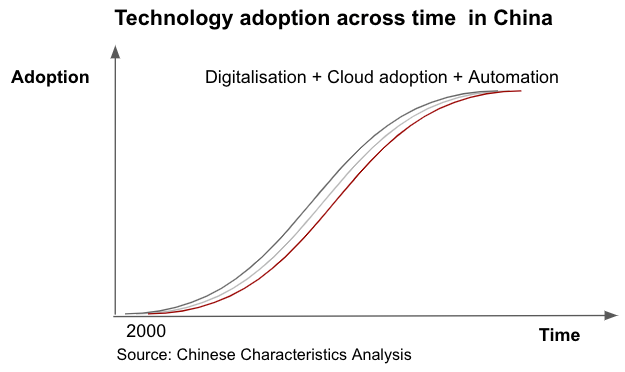
1) Let's talk about Bytedance's product offerings and what that means for their future.
I went down a rabbit hole and this is what I've got on them after a few hours of googling. ~50 active apps and offerings.
I went down a rabbit hole and this is what I've got on them after a few hours of googling. ~50 active apps and offerings.

2) A few things stand out, Bytedance lives up to their nickname of being a super app factory. But it's also surprising that they've made a number of acquisitions as well.
They seem increasingly focused on verticals esp edtech, B2B and potentially healthcare
They seem increasingly focused on verticals esp edtech, B2B and potentially healthcare
3) They have been buying more community apps than building them. Does this mean their flagship algo is more suitable for centralised content delivery versus delocalised community content?
Or maybe scaling community is just very hard?
Or maybe scaling community is just very hard?
4) All of their utility apps seems to be "taking inspiration from" popular apps (even TikTok/ Douyin a Kuaishou copy).
- FaceU is similar to Meitu
- Dolphin ticketing looks similar to Ctrip
- Lemon browser looks like Chrome
Clubhouse clone is inevitable
- FaceU is similar to Meitu
- Dolphin ticketing looks similar to Ctrip
- Lemon browser looks like Chrome
Clubhouse clone is inevitable
https://twitter.com/lillianmli/status/1351939835594907651?s=20
5) Not all of their offerings are software - Edtech Dali lamp is a child surveillance lamp. Some of their B2B offerings state they are doing consulting services. I think as Bytedance matures and as online CAC gets higher, they'll move increasing past apps
6) For the B2B offering, it seems like Bytedance is taking the Amazon (and Alibaba) approach where they are making internal software into external products, Feishu (productivity suite), Terark (Databases), Bytedance cloud etc
7) International offerings are often reinterpretations of their biggest domestic hits (Toutiao and Douyin to BaBe and TikTok).
Most of their target geographies are not Europe or US but rather SEA and India. International apps' release has also noticeable slowed down.
Most of their target geographies are not Europe or US but rather SEA and India. International apps' release has also noticeable slowed down.
8) Not that you need too many hits after getting TikTok and Toutiao but Bytedance also scored any new 'hit apps' after those two.
With 60k employees worldwide, I wonder what the future plan is? To continue exploring or to double down on the winners?
With 60k employees worldwide, I wonder what the future plan is? To continue exploring or to double down on the winners?
9) Bytedance seems to be on a similar path to other internet giants of the past Alibaba, JD and Tencent - nurture businesses within and then spin them off (see Ant, JD logistics, Tencent Music for examples).
It will probably be looking to spinout TikTok
It will probably be looking to spinout TikTok
https://twitter.com/lillianmli/status/1389114101905907713
10) I wonder how much Bytedance is still developing around based its flagship algo (which is available as a white label solution as ByteAir). It was based on Google’s Wide & Deep Learning, open-source models that combined wide linear models and deep neural networks.
11) "There’s no specific category that they want to go after. Bytedance’s approach is to make a ton of apps powered by algorithms with the same back-end. Pre-algorithms, companies were built up with a product first mentality. Post-algorithms it has been about solving questions."
12) That was an except from my interview with @ruima, who knows a lot more about Bytedance than me.
Further readings:
-
lillianli.substack.com/p/interview-wi…
Further readings:
-
lillianli.substack.com/p/interview-wi…
I probably missed a bunch of offerings out - let me know! (looking at you Bytedance Twitter lurkers)
I'll be doing threads like this for the rest of May, follow me if you want these to spam your TL.
I'll be doing threads like this for the rest of May, follow me if you want these to spam your TL.
• • •
Missing some Tweet in this thread? You can try to
force a refresh







